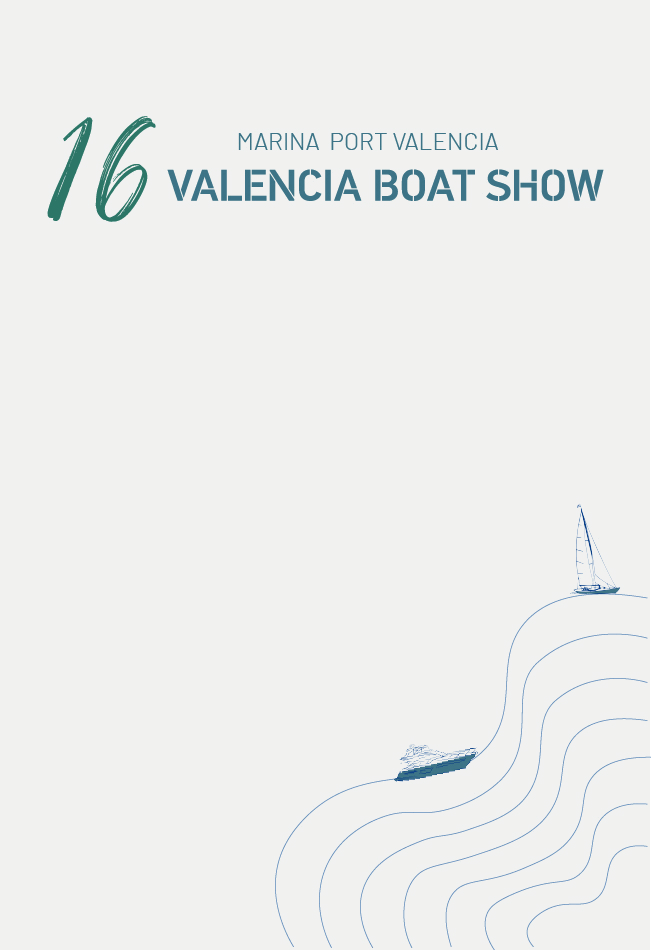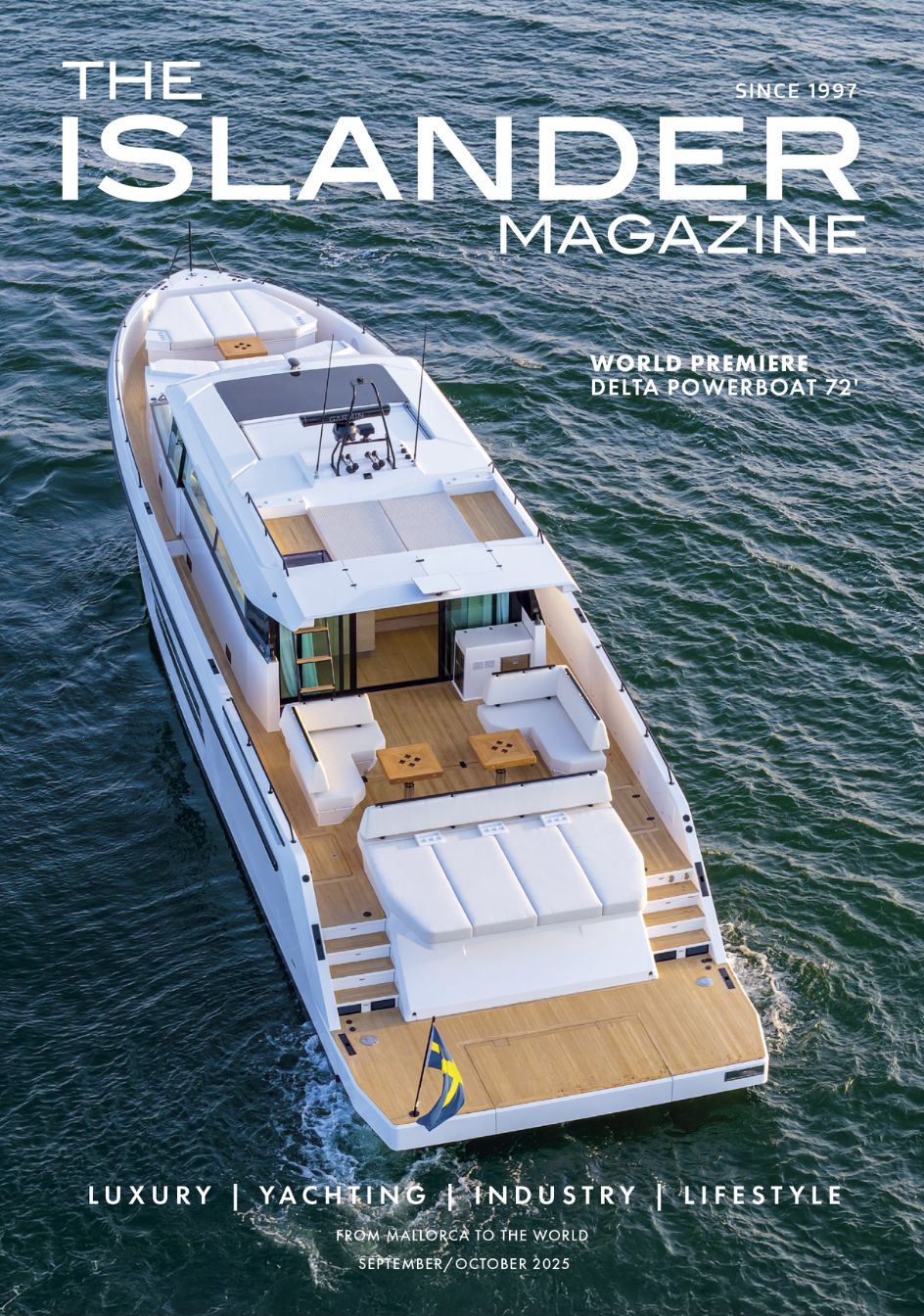
Contribute to our citizen science projects by documenting and sharing your observations when at sea!
- Report lost fishing gear and ghost FADs (Fish aggregation device)
What’s the problem?
During last season’s expeditions we retrieved a staggering 122 units of lost ghost fishing gear, in the form of drifting fish aggregating devices (FADs), along our transects. Estimates indicate that there might possibly be over 40.000 FADs adrift in the Western and Central Mediterranean Basin. Having seen a significant increase over only a few years time there is an urgent need to better understand the problem and actively work to reduce this threat, starting with the backtracking of encountered FADs and the development of an international Action Plan.
How can I help?
If you find ghost FADs by the coast or at sea, mark the date and location and if possible take a photo and send the information to ric@savethemed.org. Photos are especially valuable if you find text or brands on the bottles, as they can provide information of the origin of the FADs.
How do I recognise them when at sea?
Ghost FADs consist of one or more floating plastic bottles tied together with fishing rope. Resembling floating rubbish they drift with the currents and pose an alarming threat to marine wildlife in general, and turtles and marine birds in particular, through entanglement.
- Help us develop our Photo Identification catalogue of Risso’s Dolphins
What’s the problem?
Risso’s dolphins are beautiful, highly intelligent and social creatures. However, very little is known about the Mediterranean Risso’s. In the IUCN Red List, they are classified as Data Deficient, meaning that in order to evaluate wether they need protection and define what type of protection that might be, we need to gather more information. To do this, we are developing a Photo Identification catalogue of Risso’s Dolphins in the Mediterranean Sea.
How can I help?
If you come across a pod of Risso’s Dolphins that approach your boat, you can capture photos of their fins and send them to ric@savethemed.org. Photo Identification is a very useful, non invasive research method that consists of taking photos of the dolphins dorsal fin (the fin on the back) when it cuts through the water surface. By studying these photos, specific marks, nicks and scars can be seen on each individual fin. These are unique to the dolphin, a bit like how our fingerprints are unique to each of us. By collecting photo ID of different dolphin pods and individuals within the pods we can gather information about their whereabouts, group sizes and social structure and fill important knowledge gaps which will eventually contribute to a better understanding and protection of the species.
That said, NEVER approach the dolphins yourself. Always stay at a safe distance, adapt your speed, keep a careful lookout as to not separate the pod and always follow all local and international regulations for whale and dolphin watching. Only take photo IDs if the dolphins themselves decide to approach your boat, and never follow them once they leave.
How do I recognise them when at sea?
Risso’s Dolphins clearly differ from other dolphins by their collection of white scars on their bodies, gained over the years through interaction with one another and through scarring by their prey. They tend to be between 2,5 – 4m, have a robust body, a bulbous-shaped head and no distinct beak.
- Report any unusual sightings or marine wildlife after the lockdown
What’s the problem?
There’s no real problem, just a theory that we are hoping to test!
During the confinement resulting from the COVID-19 outbreak, all over the internet, we have seen videos of marine animals said to be “reclaiming” their territory near coastlines, bays and beaches. Are these just false rumours or is marine wildlife really changing its behaviour?
As the Balearic Government slowly allows us to return to maritime activities we have a short window of opportunity to observe nature during a unique time in history.
How can I help?
To participate, use Save The Med’s questionnaire, found on the News section of our website savethemed.org, to record any unusual observations from a particular area of the sea or coast. Write down what information you can, using either the online form or by printing the questionnaire. Add any photos you might have.
How do I recognise if an observation is “unusual” or not?
The only requirement we have for this particular study is that you must already be familiar with the area you observe and its local fauna, so that you can know if what you are observing is a common sight during this time of the year or not, and in what way it differs. This is because we are not just looking for information on the presence of animals, but of differences in their usual abundance and/or behaviour.
Whether you are a sailor, fisherman, diver, surfer, photographer etc. your observations matter! Please share these projects with your seafaring friends and colleagues.
Thank you for helping us Save The Med!
#GenerationSaveTheMed














0 Comments